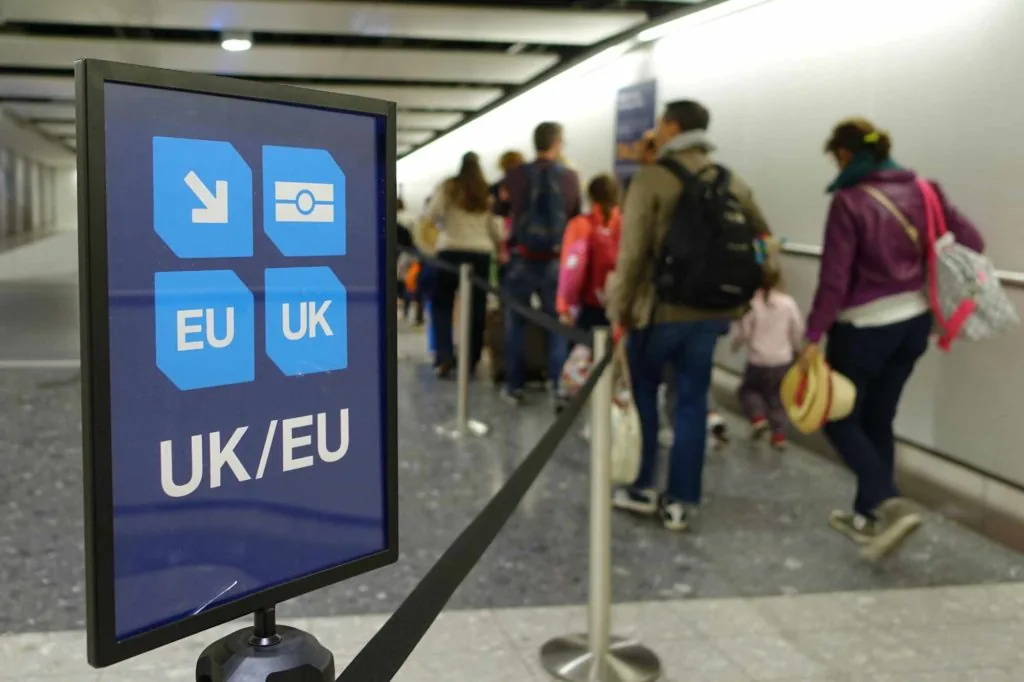
AI in recruitment: How to navigate the opportunities and risks


It is clear that the use of AI is becoming more and more prevalent in day-to-day life and employers now face the challenge of balancing both its benefits and its pitfalls in the workplace. A particular area where we are seeing this is during the recruitment process where hiring managers are seeing an increased use of AI by candidates in their job applications. A quick google search (even without the aid of AI) takes you to a number of articles from trade unions and University career's guidance departments telling you how best to use AI to help you with a job application. A recent study has shown that:
- 43% of graduates used AI to edit their cover letters and CVs
- 35% used it to write it from scratch
- 26% relied on AI to help answer application form questions
Having outright bans on the use of AI by candidates is unlikely to work in practice as AI becomes more and more sophisticated, it may become harder to spot. Yes, there are software tools out there that can help identify when AI has been used, but that too will become outdated and the costs will mount in trying to keep up. For many organisations, candidates who are able to grapple with AI will actually be of great value to your organisation.
Balancing the use of AI
A key issue concerning the increased use of AI is that employers will often receive application forms from candidates who, on paper, meet the criteria for the role. However, an over-reliance of AI could result in a misrepresentation of the individual's skills, which may then lead to candidates falling short of the requirements for the role. The importance of getting recruitment right will be even more important with the forthcoming changes being proposed by the Employment Rights Bill and so-called day one unfair dismissal rights. Therefore, you do need to ensure that your recruitment processes have some ability to test the skills and knowledge of the individual and not rely so heavily on written applications which are more easily enhanced by AI. There still is value in the use of case studies or interviews, either in person or virtually to more authentically measure a candidate's skills rather than rely heavily upon written applications.
AI may actually mean that it creates a more level playing field for candidates. Candidates are often a mixture of those who are very happy to blow their own trumpet and those that undervalue their experience. If both types of candidates use AI to prepare their applications, potentially the output could be similar, giving those that struggle to promote their experiences more of a chance. Also, the use of AI may support increased diversity in certain workforces allowing for more applications from certain groups who often don’t perform as well during the application process such as non-native English speakers or those who are neurodivergent.
Of course, in many roles the ability to adapt to new technology, such as AI, is an attractive skill set and could lead to higher quality candidates.
Given how easily accessible AI software such as ChatGPT is, the reality is that businesses will struggle to prevent the use of AI in the recruitment process. Perhaps then the better option is to consider utilising it for its benefits, whilst having clear and transparent guidance in place on the use of it in the application process. An example of this would be to include specific wording in a job advert that the use of AI will be monitored and that applicants will be required to declare if they have used AI in the preparation of their job application.
Practical considerations
- Review and update your recruitment processes: Businesses should incorporate AI awareness training for HR managers. This can help locate AI-drafted applications, minimise the risk of overlooking suitable candidates and ensure that there are elements in the recruitment process to verify the skills and knowledge of the candidates.
- A combined approach: Given the potential for candidates to use AI in their applications, final recruitment decisions should never be solely made on written applications alone. There should always be some element of human interaction with the candidate and verification of what has been presented in their application. Consider whether you can adapt the questions that are asked in the application form to make it harder to use AI to respond and/or identify if AI has been used. For example, setting a case study which requires more "human" analysis of a situation/demonstration of softer skills.
- A fair and transparent process: AI is with us for the future, so businesses should carefully consider whether they want to potentially limit the pool of candidates by banning or discouraging the use of AI in applications. Adding wording to job adverts, recruitment documentation that the use of AI will be monitored and that applicants will be required to declare if they have used AI in the preparation of their job application/CV might be the balanced way forward. Explaining your reasons for this, such as AI may mean that the candidate's response does not address all the key criteria, and that personalisation (rather than the use of AI) means that a candidate is more likely to be able to convey their own individual skills and experience.
How we can help
If you would like more advice on how to navigate the legal and practical complexities of AI in the recruitment process, please contact Kathryn Evens.












